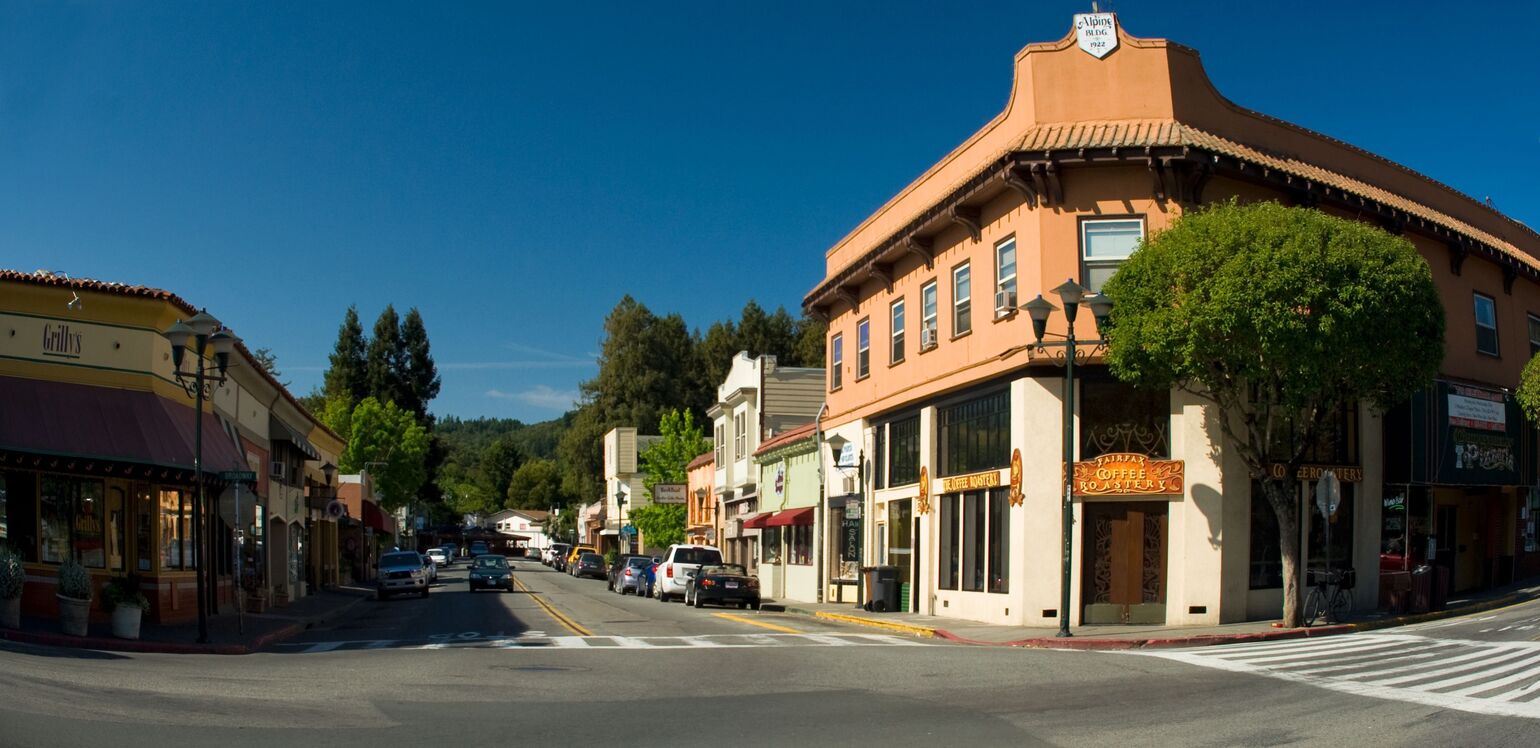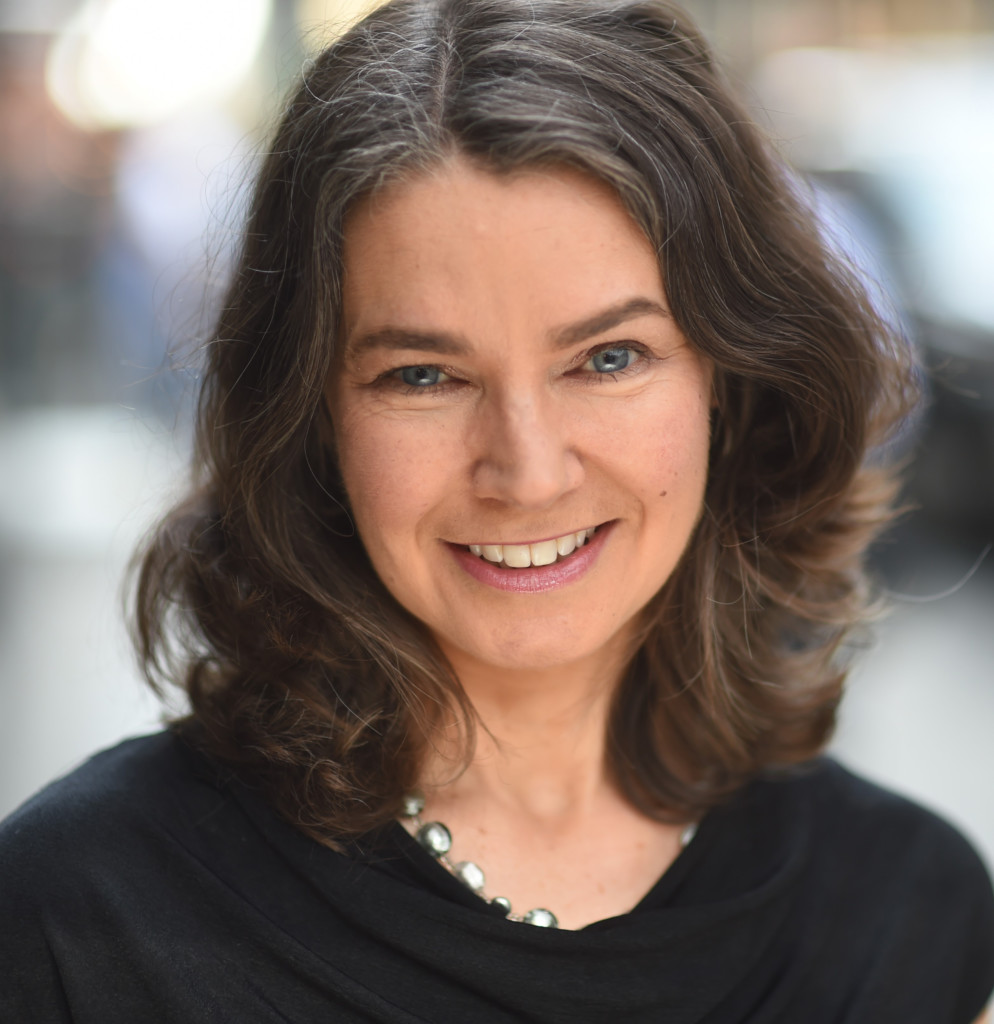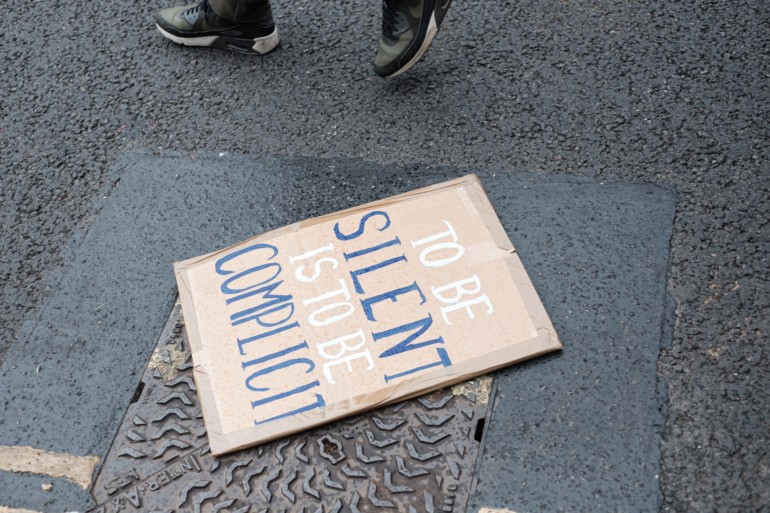I’m that person ahead of you at Chipotle who tells the cashier that I’d like a fountain soda but I don’t need one of their plastic-lined cups, because I have right here (sound of a heavy metal sword being pulled triumphantly from sheath) my own infinitely reusable fair-trade produced stainless steel bottle. And I don’t need plastic utensils because of course I always carry my own bamboo cutlery set wrapped in a napkin that was cut from a torn t-shirt.
I’ve become something of a climate/sustainability pro since I quit the tech world a few years ago. Now I volunteer for nonprofits — notably San Rafael-based Resilient Neighborhoods — that educate households in how to reduce their carbon footprint and live more sustainably. I coach teams of people, conduct webinars, write articles, and try to drop the right suggestion at the right time and then when I think something has landed (this is key) I shut up about all the other things they should all be doing.
I like to quote (and listen to myself quoting) Christiana Figueres, the Costa Rican diplomat who was an architect of the worldwide Paris climate agreement. She said, “What makes you feel better quickly is actually to engage in a positive contribution so that you bust through this myth that individual actions don’t count. And you begin to realize the world is only made out of individual actions. It does count. It does add up.”
But I wonder: if there were no mics around and I asked Figueres whether she really believed that, would she hesitate? Because I am having trouble believing it. Knowing action is the antidote to despair, I have chosen to live as though individual actions matter. But some days I think I’m just blowing smoke.
The climate crisis is taking swipes at us now, breaking this record and then that, and I can hear the accelerating hoofbeats of the four horsemen of the apocalypse — war, famine, disease, death — plus a few undreamed of by the prophets, such as extinction, pollution, and mass die-offs caused by wet bulb events. Meanwhile I dispense my friendly tips and it feels like I’m talking about how it’s important that the deck chairs on the Titanic be plastic-free.
When I get together with my fellow climate activists an inconvenient truth hangs in the air. As the author-turned-activist Mary Pipher observed, if we all tell the truth about climate change we’d just end up in each other’s arms sobbing. So last spring, when I met up with one of my climate colleagues, we skirted the topic.
Erica and I met outside to reduce the risk of Covid, but we hadn’t expected it would be another day of record-breaking heat. We greeted each other from a distance of five feet and sat in the shade in summer dresses and sunglasses.
“This weather,” Erica said.
“Yep.”
“It’s sobering.”
“We do what we can, right?”
“Yes, but…” There was that unspoken moment again. It was too hot to fall sobbing into each other’s arms, so Erica said, “You know what? I’ve got involved in something else lately. Do you remember that there was an incident in Fairfax in November 2020, when a misguided young man walked around the downtown area posting Nazi swastikas with a caption that said ‘We Are Everywhere’?”
I hid a smile at the term “misguided young man.” I know where Erica, who is Jewish and liberal, stands on swastikas, and I also know that she tries her best to be conscious of the power of language. “Misguided” was a skillful word.
And yes, I recalled the story, partly because I’d seen a video taken by a different young man, Noah, who had followed the misguided one around, ripping the stickers off and hounding him with some skillful speech of his own: “Why you putting up Nazi stickers? Don’t be putting that up in my fucking town.… Not in Fairfax, bro.” A police officer was flagged down and the misguided one was detained by the police.
And then I lost the thread of the story. But Erica picked it up.
“I couldn’t believe it, but we learned that there’s no law against what he did,” she said. In January 2021, the Marin DA issued a statement that they weren’t going to prosecute the misguided man. Case closed.
But not in Fairfax. Fairfax is proud of its position on the far left edge of the U.S. It even lies to the left of the rest of liberal-leaning Marin, where we refer to it as “Farfax” or as a bumper sticker recently informed me, Mayberry on Acid. According to the Visit Marin website, Fairfax is “a community that prides itself on retaining its quirky, small-town atmosphere.”

Resident Mark Solomons started a Moveon.org petition asking the DA to prosecute, and when it accumulated more than 1,000 signatures the DA chose to hold a community forum addressing a rise in hate incidents. Solomons reached out to people who had said on NextDoor that they wanted to do something about this and brought them together to the first meeting of the group that named itself NOAH Marin, which was both an acronym for Name, Oppose, and Abolish Hate and also a call-out to the young man who had followed the misguided one around town.
At the forum NOAH Marin at last understood why the DA had refused to prosecute. Existing law provides a complex and unequal set of fines and prison sentences to “a person who places or displays certain symbols, marks, signs, emblems, and other physical impressions, including, but not limited to, a Nazi swastika, hangs nooses, or burns or desecrates crosses or other religious symbols on private and non-private property, as specified, with the intent to terrorize a person.”
But the misguided man had posted on public property, and while indiscriminate posting of hate symbols in public is considered a hate incident, it doesn’t meet the definition of a hate crime unless there’s violence or vandalism and a terrorized victim. This meant there was no “crime” for the DA to prosecute.
Of the original NOAH Marin group, soon there were only five who were to stay with the project until the end, among them Mark Solomons and my friend Erica.
“All of us who remained were Jewish,” said Erica. “It was personal. To have something like this take place in our community just hit too close to home.”
NOAH Marin delved into the details and learned Nazi swastikas were legal everywhere — cemeteries, schools, libraries, and even on flags held by neo-Nazis marching down the street. NOAH Marin decided to change California law. The small group had determination on its side, plus some legislative expertise. It wrote a revised version of the law that made two key changes: first, the rewrite expanded the areas, both public and private, in which the use of such symbols in order to terrorize would be considered a crime. Second, the rewrite would apply the same penalties for all symbols when used to terrorize, with first-time offenders potentially receiving up to three years in prison and a fine of up to $10,000. This was an effort to correct inequalities in the existing law, which applied different penalties depending on the symbol, with a burning cross resulting in the stiffest penalties and the hanging of a noose — a particularly terrifying symbol for African Americans — receiving the most lenient sentence.
When Erica and I spoke on that hot spring day, NOAH Marin was in the midst of reaching out to local officials and state electeds. One, Rebecca Bauer Kahan, granddaughter of Holocaust survivors and State Assemblymember in the district where the misguided man lived, decided to champion the bill.
In late September I heard from Erica that the bill — AB 2282 — had passed the California State Senate. It will become law for the more than 39 million California residents after January 1, 2023.
“There were only five of us, but we made it happen,” she said when I congratulated her.
“How?” I asked, intrigued by the idea of such a small group having such a significant impact.
She talked about the group’s determination and expertise. About the strategy of aiming to create a bill that would pass. About the challenge of group dynamics, from the dramatic drop-off in group members to the challenge of getting consensus among those who remained.
“How does it feel?” I asked. “To have moved the needle and made a real change.”
She paused. “I feel… inspired. It feels like a real accomplishment because I can say, OK, in this one area I have been able to change something that was really unjust.”
Erica said “in this one area” and I heard the caution in that. We both know it’s easier to change a few sentences in one law in California than it is to turn around the global climate crisis that is bearing down on us all. How can we possibly compare the two?
Yet we can. Both will require a level of commitment few people can give. Those who stick it out will be the ones most viscerally aware of what’s at stake. They will have to be strategic and learn how to work with each other and their communities. And they can’t give up.
There are people like this. I have worked directly with only a few dozen of them, but when I participated in an online training for climate activists led by Al Gore, I was one of thousands. I have learned that there are millions of smart people around the globe who have dedicated their lives and resources to protecting the environment, drawing down carbon levels, and changing our exploitative relationship with nature.
Will we be enough? I can’t answer that. But Erica’s story has changed me this much: Now when I quote Figueres I’m not just quoting. I speak her words as mine. “I have realized that the world is only made out of individual actions,” I tell people. “It does count. It does add up.”

Anne-Christine Strugnell is a Marin County-based writer whose work has appeared in MORE Magazine, Self, the Christian Science Monitor and the Cup of Comfort series. In 2019, awareness of the climate crisis drove her to focus on climate awareness work with Resilient Neighborhoods, Environmental Forum of Marin and the Climate Reality Project.


